1. Mata Hari
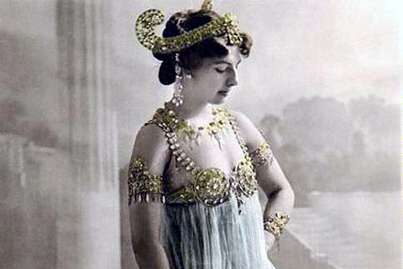
Mata Hari’s name is practically synonymous with espionage, but her life before becoming a spy was just as intriguing. Born Margaretha Geertruida Zelle in the Netherlands, she reinvented herself in Paris as an exotic dancer, captivating audiences with her elaborate costumes and mysterious backstory. She claimed to have learned her sensual dance moves in Java, though much of her early history was embellished for dramatic effect. Her performances made her a sensation across Europe and gave her access to powerful men.
When World War I broke out, she found herself caught between nations. Using her beauty and charm, she allegedly began working as a spy, though to this day historians debate whether she was truly guilty or simply a scapegoat. In 1917, the French accused her of passing secrets to Germany and executed her by firing squad. Even in her final moments, she maintained her poise, refusing a blindfold.
2. Grigori Rasputin
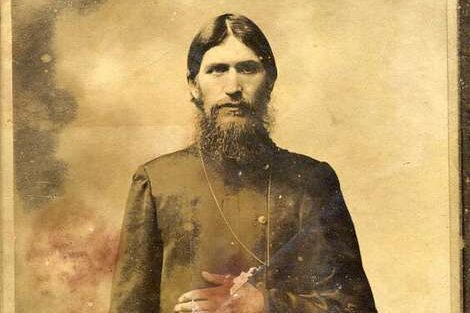
Grigori Rasputin became infamous as the “Mad Monk” who wielded mysterious influence over Russia’s royal family. Outwardly, he was a wandering holy man who claimed to have healing powers, particularly over Tsarevich Alexei, the hemophiliac heir to the throne. His religious persona and charisma earned him a spot in the inner circle of Tsar Nicholas II and Empress Alexandra.
Behind the scenes, Rasputin’s life was far from saintly. He was rumored to indulge in heavy drinking, wild parties, and questionable relationships, which fueled scandal and suspicion. His critics accused him of manipulating the royal family for personal gain, and conspiracy theories about his role in Russia’s downfall flourished. In 1916, nobles who saw him as a threat lured him to a dinner and tried to poison him, but when that failed, they resorted to shooting and drowning him. His legend only grew after his bizarre and violent death.
3. Belle Starr
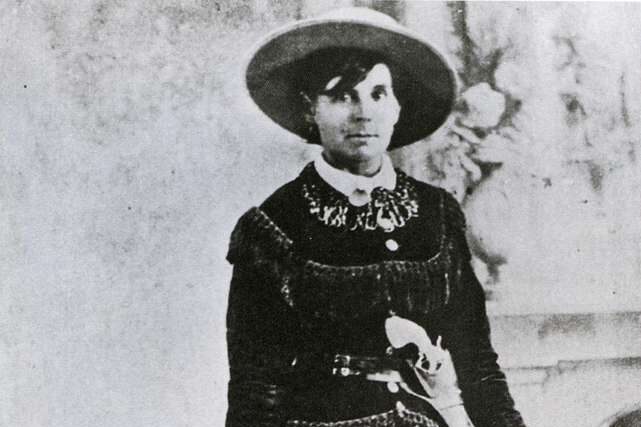
Belle Starr carved out a name for herself as the “Bandit Queen” of the American Old West. To neighbors, she was a refined Southern lady, often seen riding her horse in fine dresses and maintaining polite manners. She even sent her daughter to finishing school to ensure she had proper social standing.
But Belle’s other life was anything but respectable. She was deeply involved with outlaws like Jesse James and the Younger brothers, harboring fugitives and planning robberies. Her charm and intelligence helped her evade the law for years, and she became a folk legend. In 1889, she was mysteriously shot to death on a lonely road in Oklahoma Territory, and her murder remains unsolved.
4. Nancy Wake
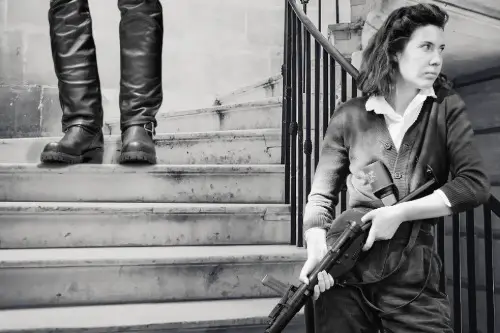
Nancy Wake looked every bit the glamorous Paris socialite in the 1930s, sipping champagne and attending parties. Born in New Zealand and raised in Australia, she was living in France when the Nazis invaded. On the surface, she seemed like just another expatriate enjoying the good life.
In reality, she was one of the most effective Allied spies of World War II. Working with the French Resistance, she smuggled people out of occupied France, sabotaged German operations, and coordinated supply drops. The Gestapo dubbed her “The White Mouse” because of her ability to evade capture. She became one of the most decorated women of the war and later wrote about her daring missions with her trademark wit.
5. Robert Baden-Powell

Robert Baden-Powell is best known as the founder of the Boy Scouts, promoting outdoor skills, teamwork, and good citizenship. Before that wholesome image, however, he was a British Army officer with a talent for espionage. While stationed in Africa during the Second Boer War, he devised clever ways to gather intelligence.
One of his favorite tricks was to disguise military maps within drawings of butterflies, hiding fortifications among the wings’ patterns. To the untrained eye, his sketches looked like harmless nature studies, but they carried valuable information for the British military. After retiring from service, he dedicated himself to the scouting movement, never publicly boasting about his secretive past.
6. Julia Child
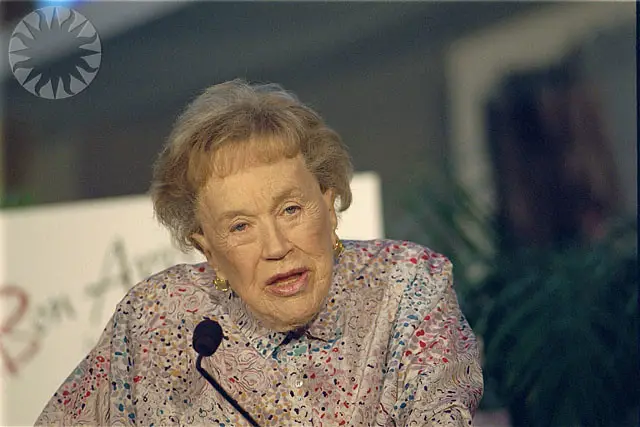
Julia Child is beloved for bringing French cooking into American homes, her warm laugh and approachable style making her a TV icon. But long before she was teaching viewers how to whisk an omelet, she worked in a far different kitchen—one that dealt with coded messages, not soufflés.
During World War II, Child joined the Office of Strategic Services, a predecessor to the CIA. She helped develop a shark repellent used to keep explosives safe from curious marine life, and she handled classified documents. Her organizational skills and creativity served her well, though she kept this part of her life quiet until much later.
7. Christopher Marlowe
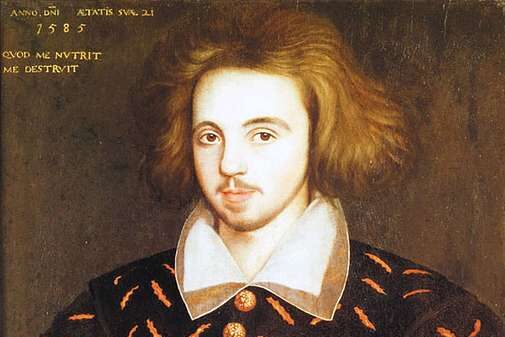
Christopher Marlowe was a celebrated Elizabethan playwright and poet, often mentioned in the same breath as William Shakespeare. His plays, like Doctor Faustus, were bold and controversial, pushing the boundaries of what could be staged in his time. To most, he was just another brilliant literary figure in a golden age of theater.
However, Marlowe was also linked to espionage, possibly working for Queen Elizabeth I’s secret service. His frequent absences from Cambridge University were excused by government intervention, hinting at undercover missions. His sudden death in a tavern brawl at the age of 29 has led some to speculate it was an assassination tied to his secret activities.
8. Noor Inayat Khan

Noor Inayat Khan was a gentle soul, raised in a family devoted to music and spirituality. Born in Moscow to an Indian father and American mother, she moved to Paris as a child and became a writer of children’s stories. By appearance, she was the least likely person to enter the dangerous world of espionage.
Yet during World War II, she became the first female radio operator sent into Nazi-occupied France by Britain’s Special Operations Executive. She transmitted messages to London while constantly evading capture, often moving from safe house to safe house. Eventually betrayed, she was executed at Dachau in 1944. Her bravery earned her posthumous awards from both Britain and France.
9. Hedy Lamarr
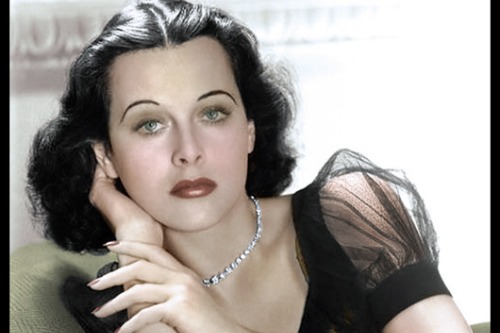
Hedy Lamarr dazzled audiences as one of Hollywood’s most glamorous stars in the 1930s and ‘40s. Known for her beauty and screen presence, she seemed to live the life of a typical movie idol. Fans had no idea she spent her off-screen hours tinkering with inventive ideas.
Alongside composer George Antheil, Lamarr co-invented a frequency-hopping technology meant to protect Allied torpedoes from being jammed during World War II. Though it wasn’t used at the time, her invention became the foundation for modern technologies like Wi-Fi and Bluetooth. For decades, her scientific contributions were overshadowed by her film career, but today she’s celebrated as a pioneer in both cinema and engineering.
10. Tsaritsa Alexandra Feodorovna
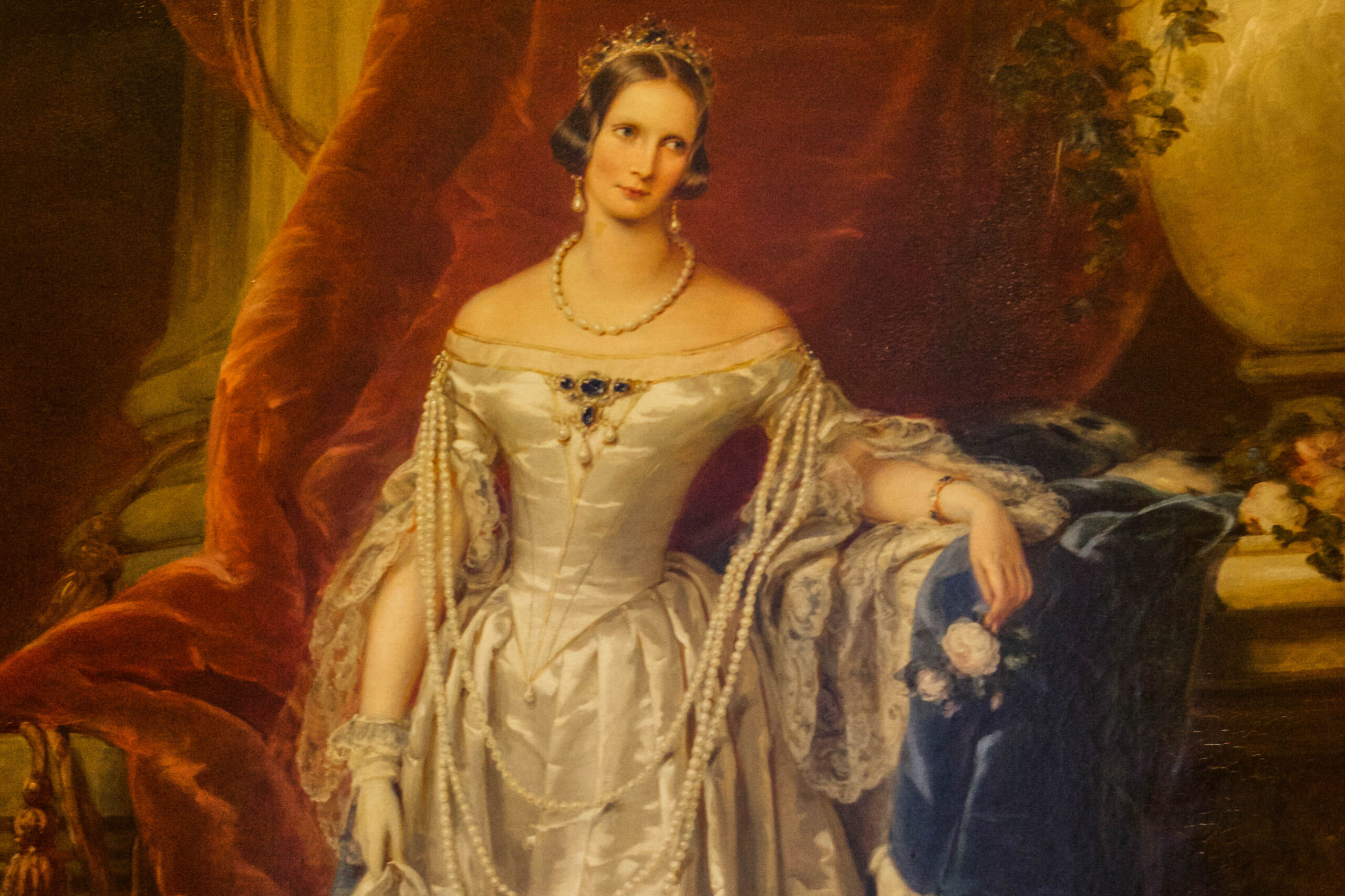
Tsaritsa Alexandra Feodorovna was the last Empress of Russia, remembered for her tragic role in the fall of the Romanov dynasty. Publicly, she was the devoted wife of Tsar Nicholas II and a protective mother. She leaned heavily on her faith and the guidance of mystics like Rasputin.
Privately, her wartime correspondence reveals she acted as an informal political advisor, sometimes passing along sensitive information to her husband and allegedly influencing policy. This secretive involvement fed public suspicion and distrust, especially as Russia struggled in World War I. Her perceived hidden power made her a target, and after the revolution, she and her family were executed.
11. Josephine Baker

Josephine Baker was a dazzling performer, famous for her Paris cabaret shows and flamboyant stage presence. She broke racial barriers in the entertainment industry and became an icon of the Jazz Age. Her glamorous public life made her a darling of the European elite.
But during World War II, she worked as a spy for the French Resistance, using her celebrity status as cover. She smuggled secret messages hidden in her sheet music and relayed information she overheard at parties. Her contributions were so valuable that she was awarded the Croix de Guerre by the French government.
12. Alan Turing
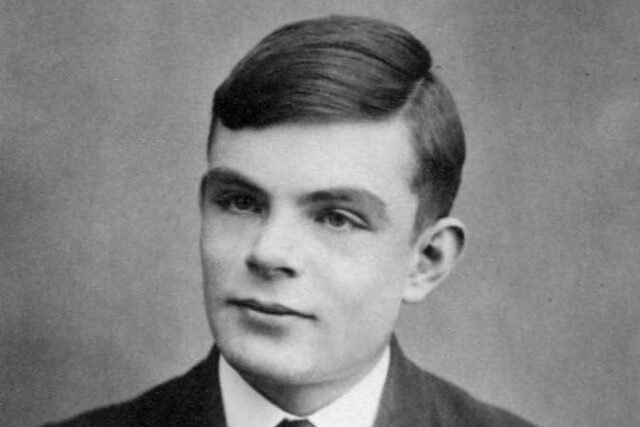
Alan Turing is celebrated as the father of modern computing and the man who helped crack the German Enigma code during World War II. His work at Bletchley Park saved countless lives and shortened the war. On the surface, he was a brilliant mathematician focused on logic and science.
Yet Turing’s personal life was one he had to keep hidden due to the laws against homosexuality in Britain at the time. His sexuality was criminalized, and in 1952 he was prosecuted, forced to undergo chemical castration. He died under tragic circumstances in 1954, but his secret struggles remained largely unknown to the public until decades later.
